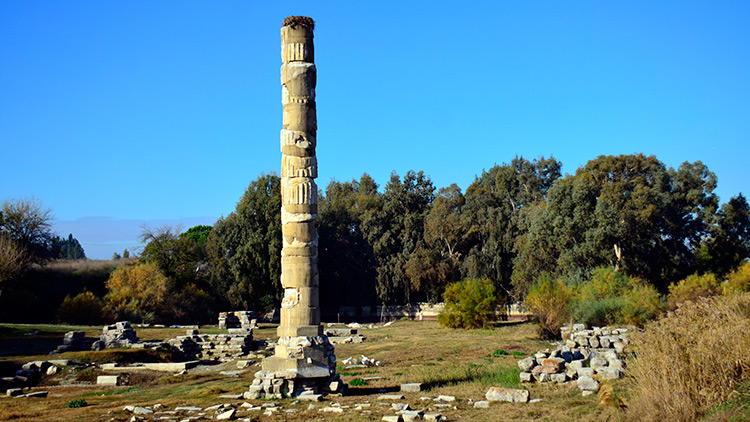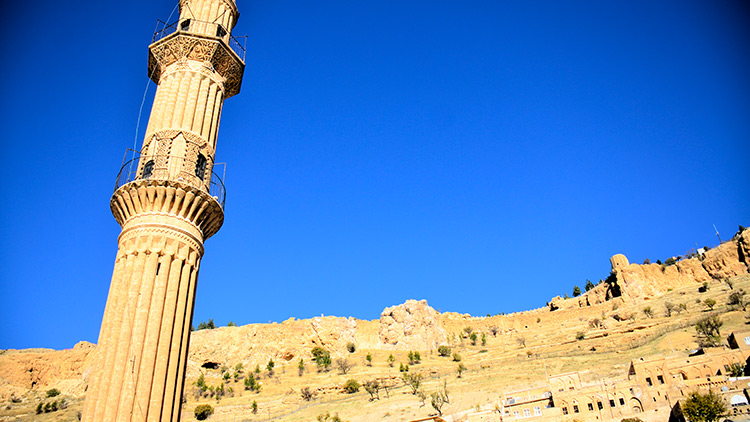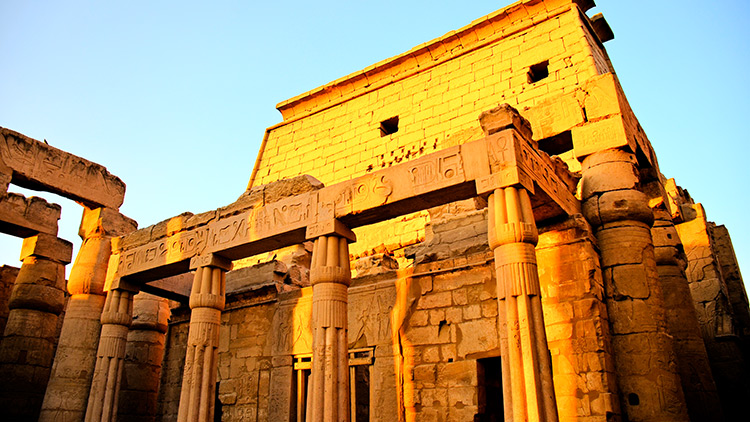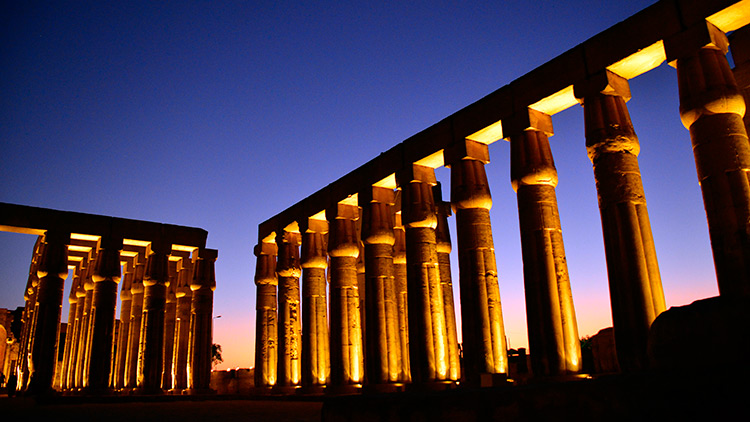


C H R O N I C L E S . O F . T H I S . F L O A T I N G . L I F E
The strange nature that is time flows irreversibly down this river of life; the weeks pass, landscape changes, and a sea of faces and personalities have shuffled before my eyes through this past year. Seemingly, like a series phantasmic visions come true, a year of memories percolate into this very moment, seated at a cafe on an unseasonably cold night along the Lycian coast. Not far away, the cliffs plummet into the sea, standing stark and foreboding as they ever have over the course of millennia; in turn, witnessing the passing of civilizations and empires. Yet, here I am — a feckless mote of dust drifting by, momentarily conscious of this grand illusion.
I’m awaiting another night bus to transport me north to Selcuk. This quiet moment away from the bustling noise of Antalya is spent in quiet reflection of the ventures passed and the near-terminus of this great journey. I do not know what lies ahead, and to be frank, have not given much ponder to what is to come. It was, and will always be, a miracle of a year — the most rare crystalization of time, resource, and opportunity to even hope of such an adventure, let alone the successful realization of such a dream; in a word: unforgettable.
I’d seen the most clement weather for the vast majority of this trip. Today brought unusually dreary weather; perhaps, the sky, too, is saddened that the journey’s end draws nigh. Thus, after unexpectedly staying four plus days in Antalya, I took stock of the glum weather and visited the Antalya Museum. It was a most apt occasion to reflect on the great epochs bygone and the faded glories of Phylygia, Rome, Byzantium, and the Ottoman Empires. It is a fitting, if all too concrete reminder that all things have their season and all must come to an end. Come tomorrow, I’ll be reminiscing ruins of Ephesus… all things must draw to an end.
A thick layer of smog envelops Urfa; much of it the result of burning coal, wood, trash, etc. combined with the countless exhaust pipes of heavy-polluting vehicles. The air so thick that one can see and taste it. Every breath is labored with a tingling and itching sensation within the lungs. And yet, the countless thousands who live here seem to pass the day without reckoning the hazard they face. Life simply goes on as it has for thousands of years.

The storied legends of this place traces back beyond the dawn of history. Urfa is the purported birth place of Abraham, patriarch of all Abrahamic religions. Legend tells of a cave where he was born and nursed, hidden from King Nimrod. To this day, the cave is revered by hundreds of thousands of devout Muslims come to pray at this holy site. From within, one can watch the men (and women on the other half of the partitioned cave) come and prostrate in silent prayer. The near by Fish Lake is no less storied; with legends telling how Abraham survived the wrath of Nimrod by Allah’s intervention.

Today, the region is ever rich with history. Turks, Kurds, Syrians, perhaps some Persians and Yezidis among others still make this region their home. As can be attested by the various attire and languages spoken in the bazaars. Particularly, the recent heavy influx of Syrian refugees fleeing the on-going conflict across the borders has imbued the city with some uncertainties in these dynamic times. Life continues, and this city will endure as it always had with welcoming arms to strangers.

The daily life is quite a spectacle — particularly when viewed through the lens of a foreigner visiting. The minarets still solemnly call the devout to prayer. Countless men sit in idle chatter along the streets sipping cups of tea incessantly. The cries of vendors echo through the cramped corridors of the bazaar. Smiling young boys pass with trays of bread on their heads, trying to sell any passing stranger for one Lira. The tea/spice vendors, tobacco vendors, kebab houses, textile shops, and random chatter of street life all vie for one’s attention. Innumerable colors and traditional attire from regions I do not recognize float before the eyes.

The strange temptations that lead one to cross into borders unknown will always elude rationalization. Who in their right minds willingly cross into Iraq? After decades of war and carnage, sure, there is on-going development and progress; but the region sees so few visitors (tourists) that no guide book exist. What scant information that exists is likely to be out of date and wildly inaccurate. Be as it may, I took a chance on a bus bound for Erbil from Diyarbakir…just to see what’s on the other side.

Norther Iraq is now firmly designated as “Iraqi Kurdistan”. It is the only region safe enough to enter for foreigners; even so, just a few months ago, the radical ISIS fighters encroached to within 15 km of the city center. Security is exceedingly high here — as it must be. The in-bound bus was stopped randomly no less than three times by armed military. Entering any public building, shopping center, supermarket, or cinema requires passing through airport scanners and metal detectors. Just walking down the mall, I was stopped and searched by plain clothes security personnel.

It is a necessary hassle for the locals to put up with; yet, they endure as they always have. After all, Erbil claims to be the oldest continuously inhabited city on earth. The old citadel’s foundation at the center of the city dates back 6000 BC, perhaps older. It has seen countless empires and conquerors, yet it endures and will continue to endure amid this arid landscape in the heart of Mesopotamia.

It is at once ancient and surprising. There city of 1.5 million is in a magical boom era infused with foreign investment to secure it’s stability and strategic resources. There are hundreds of hotels, glass-covered malls abound, massive ringed roads (named according to their width in meters; e.g., 100-Meter Ave). Massive American-sized automobiles spew pollution into the air. It is at once a modern city in flux, yet, clinging to its nostalgic roots. Although Kurdish culture dominates, many foreigners from neighboring countries are here keen on the economic opportunities.









Went around town for breakfast and photography. Some university students saw us and came by for a friendly chat, then upon leaving, they bought us Kurdish coffee. A group of young photography students came by and delighted everyone one with smiles and mutual photo-sessions. Children atop the hill played war with me.
Later, while walking in the afternoon alone, children all over greeted me, asking for photos to be taken. One offered sweets and sunflower seeds. An old later saw me toting the camera and invited me into her home to the roof-top terrace for a better view of the city. Everyone seemed so welcoming. People literally stop and say “welcome”. This place is magical for its warmth to visitors.
On a chilly mid-autumn morning, I boarded a marshrutka in Yerevan bound for Akhaltsike, Georgia. This seemed like the most efficient and logical route to re-enter Turkey from the eastern frontier. The initial journey in the shared taxi crossing into Georgia again proved uneventful. The cooling weather and monotony of the trailing landscape once again lulls me to a languid stupor — I’m sure I drifted in and out of sleep several times. However, as the geo-politics of the border between Armenia and Turkey is quite convoluted, this circuitous route destined for Kars seemed the only option.
Once having arrived in Akhaltsike, I had absolutely no previous plan how to navigate the border crossing. As the weather was dipping at these higher altitudes, I was pressed for time in an attempt to reach Kars before dark; after all, the road conditions in the high Anatolian steppes are not going to improve. Having had no food the entire day, and opting to skip a rest stop, I flagged a taxi for the 20km ride to the Turkish border. The snowy and frosted landscape presented a very stark dreary atmosphere; indeed, life in this border region is patently harsh. It presents to mind what the Soviet frontiers must have been like years ago — in fact, what little signage was only in Russian and not Georgian. In the the somber, black and white landscape of brick houses and stacked hay cleared nearing the border. The road crossing the border was merely a snowy and wet mud trail, filled with potholes.
On the Turkish side, I had zero options for transport other than being old there was a bus coming from Georgia bound for Ardahan. The initial 20 minute wait turned out to be 1.5 hours, but, at least I amused myself watching a dog nurse her fresh litter or pups in the freezing cold under the tree of a guard station. In time, the bus returned from Georgia. The few passengers aboard re-embarked after their passport checks… I too joined them for the 80km ride to Ardahan across the Anatolian high steppes.
This region is considered to have the harshest weather in all of Turkey — winter temperatures often dip into the -40C. The majority of the steppes are above 2000m and glazed in white frosted ice and snow. Considering the dangerous roads and driver negligence in both Georgia and Armenia, I was none too keen to traverse in such road conditions where the vast planes and rolling hills are blanketed with sleet and snow. Notwithstanding, the scenery is, no doubt, beautiful…there is almost a magical peacefulness to the desolation. As with always, the most beautiful scenery under snow flurries makes for impossible photography on a bumpy bus.
I stayed no more than 2 minutes in Ardahan as the next bus bound for Kars was leaving immediately. The minibus bound for Kars had a capacity of about 18, with only 12 passengers aboard, perhaps. As soon as the journey got under way, weather conditions deteriorated again, with packed snow covering the road and medium fog thickening with the distance covered. This does not lend to alleviate my nerves considering the last few journeys in taxis and marshrutkas. Thankfully, this driver was much more conservative and defensive. He slowed considerably to a safe speed; despite obviously compromising our arrival time, I was much relieved. He actually pulled over on the shoulder when spotting an accident some 200 meters in the distance (another collision, and a sedan had veered off the road to a shallow ravine). Surprisingly, the driver rushed out in the bitter cold to place chains on the wheels…definitely a first in these parts.
We eventually arrived in Kars in the dark without incident. it was only about 5pm, but already completely dark due to the timezone difference. No travelers seem to venture to these parts — especially this time of year — and I was left to crude notes to find lodging. The city is not much to speak of, just a town surrounded by barren, frozen hills. The air smelt off burnt firewood, trash, and exhaust gas. Most people left on the streets go about their busy way without paying me much bother. Eventually, I stumble on a dive “hotel” with a reception who didn’t speak any English. He dials a translator who informs me that there is no heat or hot water, but I would be provided an extra blanket. Well, no good this does me considering it is -2 degrees. The translator discretely tells me to go off speaker-phone, and proceeds to inform me of a cheap hotel 200 meters down the with heat and hot water. All I need do is consider his plan to drive me to Ani tomorrow. The weather looked miserable so I agreed with a caveat that I’d go if the weather was permitting.
After obtaining cash and checking in, I stumbled in the frozen darkness to get some food (I forget what) and turned in the warm covers for sleep.
In the summer of my life, in the autumn of an annis mirabilus so filled with carefree wander, I found a quiet moment to reflect on this simple life. THe sky was blue, the air crisp with a fresh autumn chill; and bathed in warm sunlight, I wander into the low hills situated around Mestia to enjoy the simple fruits of this earth. Nestled in the high Caucasus mountains, the town would be plane were it not for the age old Svan towers, traditional defensive towers built up over the centuries.







